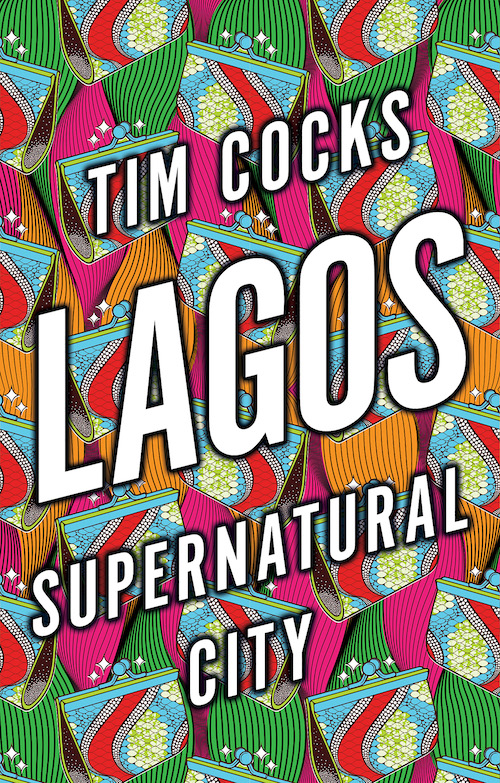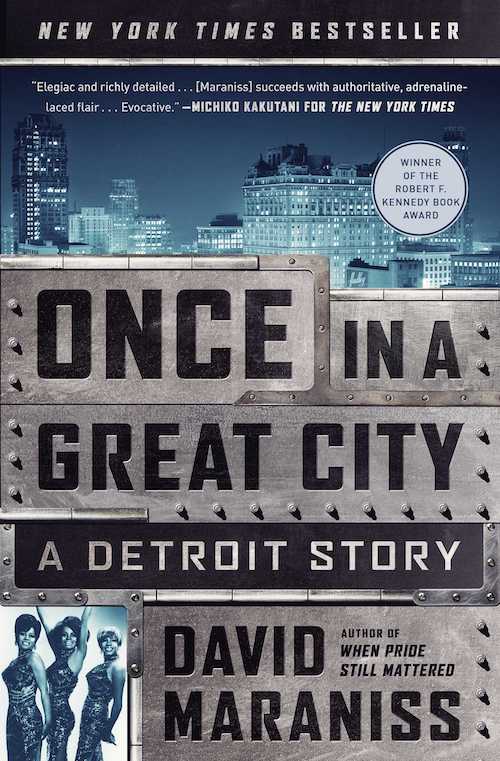… a Seoul-based essayist, broadcaster, and public speaker on cities, language, and culture.
On my new Substack newsletter Books on Cities, I write long-form essay-reviews on exactly that.
You’ll find my essays here. I write for outlets including the New Yorker, Guardian Cities, Open Culture, the Times Literary Supplement, the Los Angeles Review of Books (including its Korea Blog), KCET, Boom: A Journal of California (and guest-edited its issue on architecture, infrastructure, and the built environment), Bookforum, Boing Boing, Put This On, The Japan Foundation, The Millions, 3Quarksdaily, The Quarterly Conversation, and Maximum Fun.
I’ve previously appeared on a Seoul urbanism radio feature on TBS eFM’s Koreascape as well as hosted and produced the world-traveling podcast Notebook on Cities and Culture [RSS] [iTunes], which evolved from the public radio program The Marketplace of Ideas.
My video essay series The City in Cinema examines cities (especially Los Angeles) as they appear on film.
My public speaking, which I’ve done in places like Portland’s Hollywood Theatre, the San Francisco Urban Film Festival, Seoul National University, Yonsei University, Chapman University, California State University Long Beach, and the Seoul Book and Culture Club, usually covers this same suite of cities-and-culture-related topics.
You can also keep up with me on Twitter and Facebook as well.
콜린 마샬은 도시와 문화를 포함해서 여러 주제들에 대하여 에세이를 쓰는 수필가이다. 그 에세이들은 <뉴요커>와 <가디언> 그리고 <로스 앤젤레스 리뷰 오브 북스> 같은 주로 영미권 매체에 실리고 또한 그는 한국 문학 잡지 <Axt>에도 기고한 적이 있다. 모국인 미국에서 30년 넘게 살며 8년 동안 라디오 방송과 팟캐스트에서 인터뷰을 진행했다. 그 후에 로스앤젤레스의 한인타운을 거쳐 세계에서 제일 큰 한인타운인 서울로 이사왔다. 서울에 사는 동안 <콜린의 한국> 팟캐스트를 운영하며 작가와 교수을 비롯하여 건축가와 방송인 같은 다양한 사람들을 여전히 인터뷰한다.









